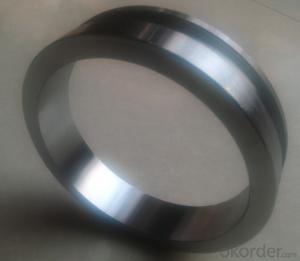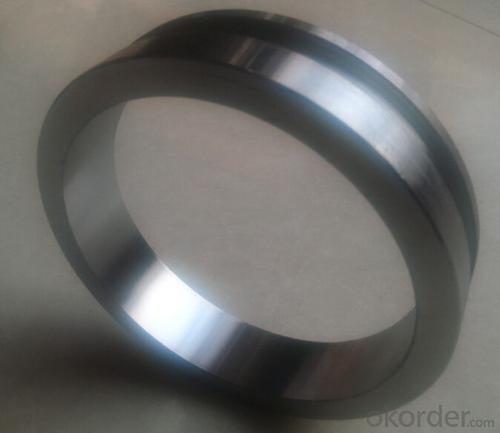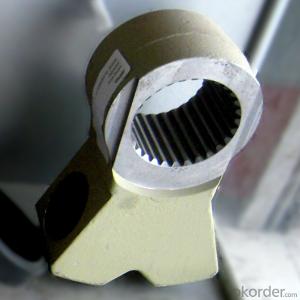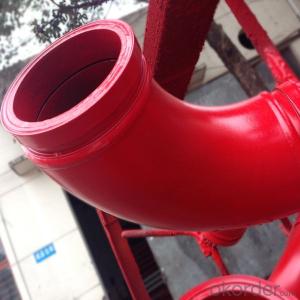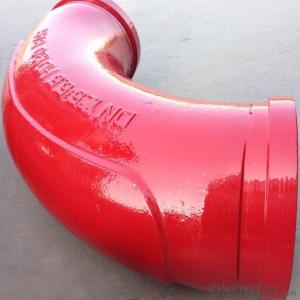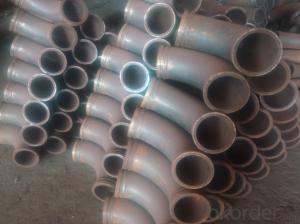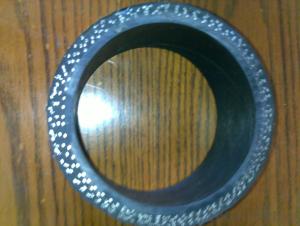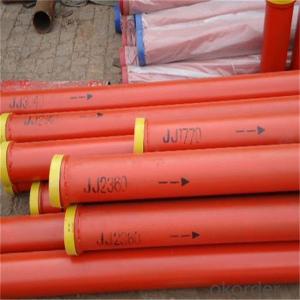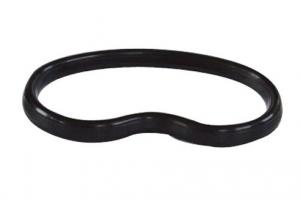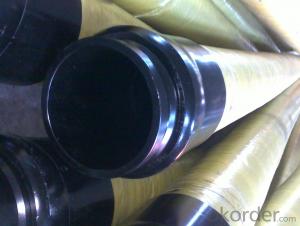High Quality 148 SK FLANGE with TWO SIDE DN 125MM
- Loading Port:
- Tianjin
- Payment Terms:
- TT or LC
- Min Order Qty:
- 5 set
- Supply Capability:
- 10000 set/month
OKorder Service Pledge
OKorder Financial Service
You Might Also Like
Product Description:
Name:148 SK FLANGE with TWO SIDE DN 125MM
Materials: Steel 20
Inner Diameter: 125mm
Outer Diameter: 148mm
Notes: total series of concrete pump flange for different brand concrete pump
Scope of Application of the Equipment
High Quality 148 SK FLANGE with TWO SIDE DN 125MM is a concrete pump spare parts for combined elbows and delivery pipes in concrete pump operations. It can be widely used in the various types of concrete pump like (PUTZMEISTER, SCHWING, CIFA, SANY, ZOOMLION, IHI, KYOKUTO Etc) available from us.
Product Advantages:
High Quality 148 SK FLANGE with TWO SIDE DN 125MM are durable, strong, and resists corrosion.
Main Product Features:
· Premium quality
· Prompt delivery & seaworthy packing (10-20 days after receiving deposit)
Reliable performance
Easy and smooth operation
High safety.
· Professional Service
· Competitive pricing
Product Specifications:
Every 60pcs put in one seaworthy wooden box, and 20 boxes in one 20feet container.
FAQ:
Q1: Why buy Materials & Equipment from OKorder.com?
A1: All products have its ISO certifications, adheres to the highest standards and a commitment to supply chain safety and customer satisfaction.
Q2: How do we guarantee the quality of our products?
A2: We have established an advanced quality management system which conducts strict quality tests at every step, from raw materials to the final product. At the same time, we provide extensive follow-up service assurances as required.
Q3: How soon can we receive the product after purchase?
A3: Within three days of placing an order, we will begin production. The specific shipping date is dependent upon international and government factors, but is typically 10 to 30 workdays.
Q4: If we can produce some male and female flanges according to customersrequest?
A4: Yes, we can produce male and female flanges according to the difference country situations and different concrete pump to make it suitable to the market and customers. We have very professional technical team to make the design.
Q5: How to make a quick resolution for after service?
A5:We have overseas branches all-around of world, IF needed, the seller shall dispatch 2 engineers to the buyer's site for supervision of training. The buyer shall make available of necessary facilities &skilled personnel at site for training.
Images:
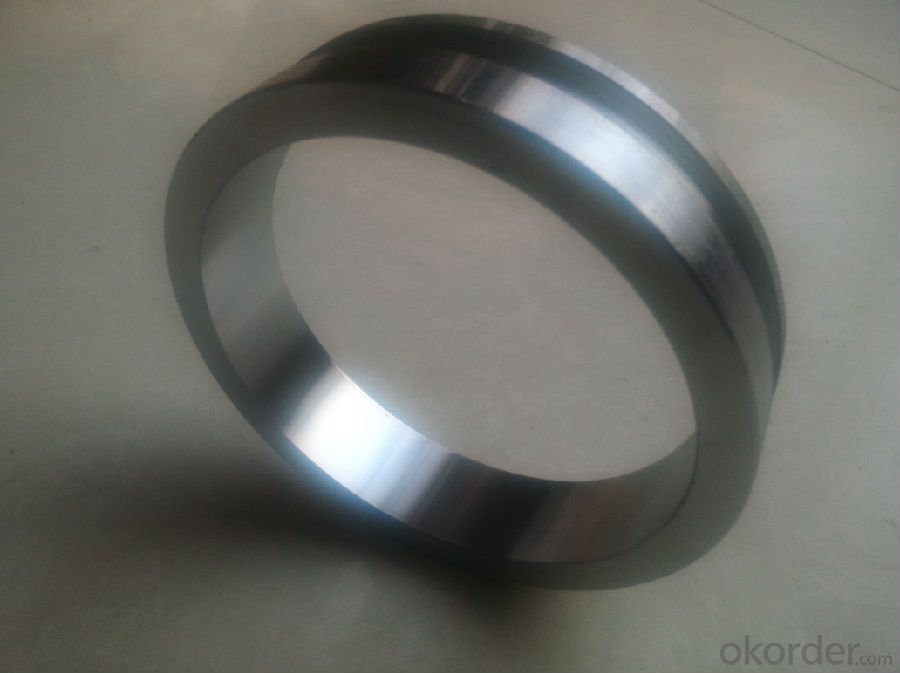
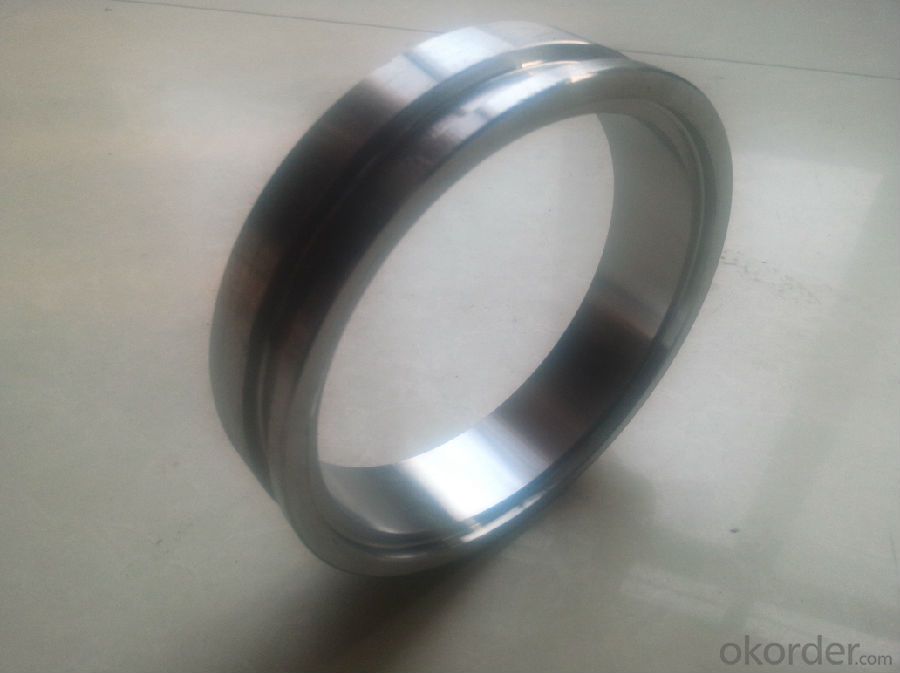
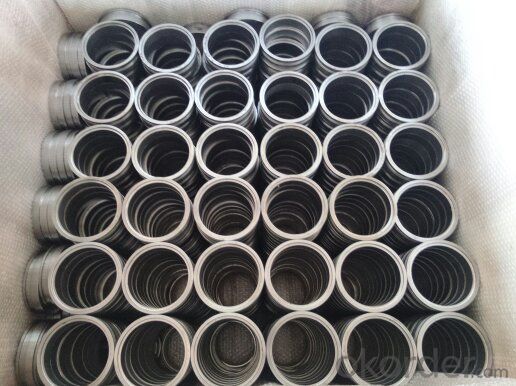
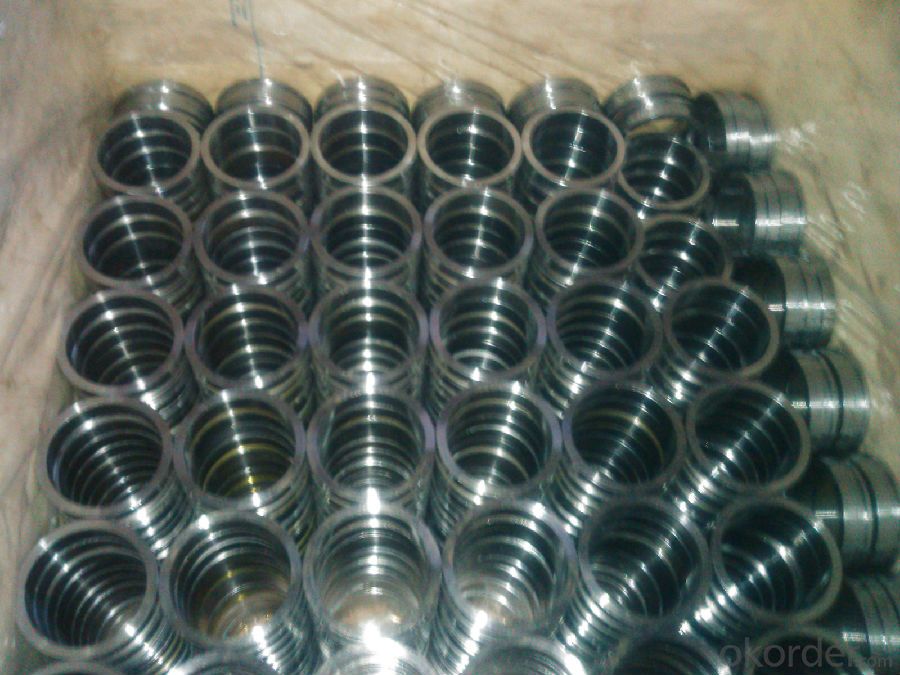
- Q: How often should hopper screens be cleaned or replaced?
- Hopper screens should be cleaned or replaced regularly, ideally on a quarterly basis, to ensure proper functioning and prevent clogging or damage to the equipment.
- Q: What are the performance characteristics of concrete pump?
- Wear resistant alloy glasses plate and floating cutting ring, long service life
- Q: What are the different types of concrete pump pistons?
- In the construction industry, various concrete pump pistons are frequently utilized. These encompass the following: 1. Single-acting pistons: Smaller concrete pumps employ these pistons with a single working side. They propel the concrete out of the cylinder during the forward stroke and rely on gravity to retract the piston during the return stroke. 2. Double-acting pistons: Larger concrete pumps utilize these pistons with two working sides. They push the concrete out during the forward stroke and pull it back during the return stroke, thereby enhancing the pumping process's efficiency. 3. S-tube pistons: Trailer-mounted concrete pumps commonly employ these pistons, which are shaped like an S. They assist in regulating the concrete flow by directing it through a series of valves and pipes. 4. Rock valve pistons: These pistons are specifically designed for pumping concrete with larger aggregates. With their sturdy design, they can handle the more abrasive nature of such materials. 5. Gate valve pistons: These pistons employ a gate valve system to manage the concrete flow. They are frequently used in high-pressure applications and provide precise control over the pumped concrete's quantity. In summary, the selection of a concrete pump piston depends on various factors specific to the construction project, including the pump's size, the type of concrete being pumped, and the desired flow rate and pressure.
- Q: How often should wear rings be replaced in a concrete pump?
- The frequency at which wear rings should be replaced in a concrete pump depends on several factors including the type of pump, the quality of the wear rings, the volume of concrete being pumped, and the operating conditions. In general, wear rings are components that experience significant wear and tear due to the abrasive nature of concrete. As a result, they will eventually need to be replaced to maintain the pump's efficiency and prevent potential damage to other parts of the pump. Typically, wear rings should be inspected regularly during routine maintenance checks. The wear patterns and extent of damage will determine whether replacement is necessary. In some cases, wear rings may last for several thousand hours of operation, while in others, replacement may be required more frequently. It is recommended to consult the pump manufacturer for specific guidelines on wear ring replacement intervals based on the pump model and operating conditions. They may provide recommendations based on their expertise and knowledge of the pump's design and performance. Ultimately, the goal is to ensure that the concrete pump operates smoothly and efficiently, minimizing downtime and maximizing its lifespan. Regular inspections and proactive replacement of wear rings when necessary will help achieve this objective.
- Q: How often should concrete pump hydraulic motors be inspected and replaced?
- The frequency at which concrete pump hydraulic motors should be inspected and replaced depends on various factors such as the usage intensity, maintenance practices, and the specific manufacturer's guidelines. However, as a general rule of thumb, it is recommended to inspect hydraulic motors at least once every 6 to 12 months. This inspection should involve checking for any signs of wear and tear, leaks, or abnormal noises during operation. Regular maintenance, such as lubrication and cleaning, should also be performed as per the manufacturer's recommendations. Ultimately, the decision to replace hydraulic motors should be based on their condition and performance. If there are noticeable issues or a significant decrease in efficiency, it may be necessary to replace the hydraulic motors sooner than the suggested inspection interval.
- Q: Is the main pump of the concrete pump electric control or hydraulic control?
- Closed main oil pump behind the charge pump to provide a constant pressure to the displacement of the electromagnet by the current control output pressure to achieve the main pump pressure and pumping the commutation.
- Q: How do I ensure the compatibility of mechanical components in concrete pump spare parts?
- To ensure the compatibility of mechanical components in concrete pump spare parts, it is crucial to consider several factors. First, it is important to identify the specific make and model of the concrete pump and its components. This information will help in sourcing the correct spare parts that are designed to fit and function properly with the existing system. Additionally, it is recommended to consult the manufacturer's documentation or reach out to their customer support for guidance. They can provide detailed specifications and compatibility guidelines for the mechanical components. It is essential to match the dimensions, tolerances, and materials of the spare parts to the original components to ensure a proper fit and optimal performance. Furthermore, working with reputable suppliers or distributors who specialize in concrete pump spare parts can greatly enhance compatibility assurance. These professionals have extensive knowledge and experience in the industry and can guide you in selecting the right components that are compatible with your specific concrete pump model. Regular maintenance and inspection of the mechanical components are also essential to identify any wear or damage. By addressing any issues promptly and replacing worn-out parts with compatible ones, you can ensure the overall compatibility and longevity of the mechanical components in your concrete pump spare parts.
- Q: How often should concrete pump cylinders be inspected and replaced?
- Concrete pump cylinders should be inspected regularly, ideally on a daily basis, to ensure they are in proper working condition. The frequency of replacement depends on several factors including the intensity of usage, maintenance practices, and the quality of the concrete being pumped. Generally, concrete pump cylinders should be replaced when they show signs of significant wear and tear or when they no longer meet the required performance standards.
- Q: What is the role of a concrete pump hopper agitator shaft?
- The role of a concrete pump hopper agitator shaft is to ensure the consistent and uniform mixing of concrete within the hopper. The agitator shaft is typically fitted with a series of paddles or blades that rotate within the hopper, effectively stirring the concrete and preventing it from settling or separating. This helps to maintain the desired fluidity and consistency of the concrete, allowing for smooth and efficient pumping without any blockages or clogs. The agitator shaft also helps to dislodge any hardened or stuck concrete, ensuring that the hopper remains clean and free from any obstructions. Overall, the agitator shaft plays a crucial role in keeping the concrete well-mixed and ready for pumping, thereby enhancing the performance and productivity of the concrete pump.
- Q: How long do concrete pump spare parts typically last?
- The lifespan of concrete pump spare parts can vary depending on several factors such as usage frequency, maintenance practices, and the quality of the parts. However, on average, concrete pump spare parts are designed to last for several years before requiring replacement.
Send your message to us
High Quality 148 SK FLANGE with TWO SIDE DN 125MM
- Loading Port:
- Tianjin
- Payment Terms:
- TT or LC
- Min Order Qty:
- 5 set
- Supply Capability:
- 10000 set/month
OKorder Service Pledge
OKorder Financial Service
Similar products
Hot products
Hot Searches
Related keywords
